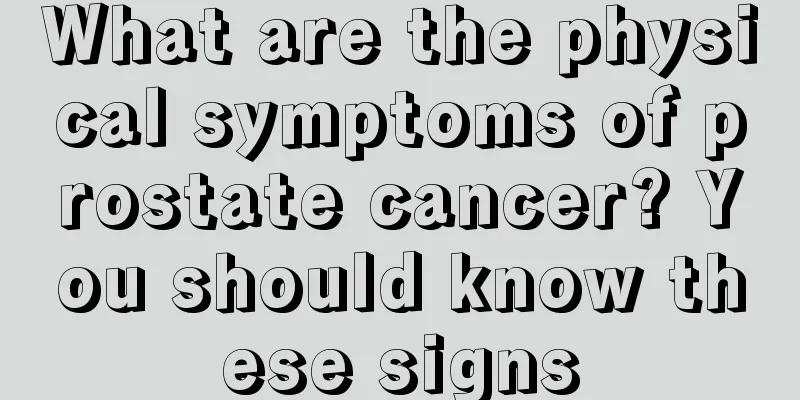What are the pathologies of bile duct cancer

|
For a disease like bile duct cancer, it is necessary to detect and treat it early, and not to delay the best treatment time, so as to improve the patient's survival rate. For bile duct cancer, many patients will initially show symptoms of indigestion, and some will be accompanied by abdominal pain. Understanding its pathology will help us to correctly understand the disease. So, what are the pathologies of bile duct cancer? (1) Cancer located in the ampulla of the terminal common bile duct: The prominent symptom is the obstruction of the common bile duct and pancreatic duct, and due to the collapse of the cancer, there may be intestinal bleeding and secondary anemia. Patients often have progressive jaundice and persistent back pain, but if there are stones in the bile duct, the pain may also be colic-like. Because the pancreatic duct is sometimes blocked, it may affect the endocrine secretion of the pancreas and cause hyperglycemia or hypoglycemia, and it is more likely to cause fatty diarrhea due to the lack of exocrine secretion. The obstruction of the bile duct will also affect the digestion of fatty foods. Because the bile and pancreatic ducts are blocked at the same time, magnetic resonance pancreatocholangiopancreatography (MRCP) examination may have a typical "double duct sign", and often there is an enlarged gallbladder and liver. Jaundice may occur when the ampulla cancer lesion is very small, and ulcer bleeding is very likely to occur. The stool may be tarry and the anemia is severe. Therefore, any patient with progressive jaundice, frequent intestinal bleeding, and stubborn fatty diarrhea is very likely to have ampulla cancer. (2) Common bile duct cancer located between the ampulla and the cystic duct: Symptoms are similar to those of pancreatic head cancer, but because the pancreatic duct is not involved, there should be no clinical manifestations of pancreatic endocrine and exocrine disorders. If the patient has not had chronic cholecystitis in the past, the gallbladder will be significantly enlarged, in accordance with Courvoisier's law. (3) Cancer located in the common hepatic duct: Jaundice is very obvious, and the liver is also very enlarged; the gallbladder is not enlarged and sometimes only contains mucus and white bile. Patients over 40 years old with jaundice, or digestive symptoms such as unexplained upper abdominal discomfort, bloating, and poor appetite, or liver enlargement with or without gallbladder enlargement should be suspected of cholangiocarcinoma and further examinations such as B-ultrasound, CT, MRI, ERCP, endoscopic ultrasound, choledochoscopy, PTC, hypotonic duodenography, or selective angiography can be performed to confirm the diagnosis. |
<<: Can osteosarcoma be cured abroad?
>>: What are the risk factors for bile duct cancer
Recommend
The teeth are decayed and only the gums are left
Tooth decay, also known as wisdom tooth, is a sma...
There are several causes of small cell lung cancer
Nowadays, the incidence of small cell lung cancer...
What causes itchy blisters on the skin?
Many people feel inexplicably itchy on their bodi...
How much liquor is considered drunk driving? Don't drink and drive
We are all familiar with drunk driving. Many peop...
What medicine should I take for diarrhea?
If you don't pay attention to hygiene in your...
How do women wear underwear correctly?
Buying a suitable bra for women is good for their...
Which medication is best for fibroids
Many patients with fibroids complain that they do...
Reasons why lung cancer patients experience chest tightness and shortness of breath
Lung cancer patients have symptoms of dyspnea and...
How to make various coffees
I believe that many people who have some knowledg...
Recipes for three kinds of health tea
When drinking tea, drink health-preserving tea. A...
What's going on with pharyngeal lymphoid follicle hyperplasia
Pharyngeal lymphoid follicle hyperplasia is a com...
Can pregnant women eat iron stick yam?
The starch content of iron stick yam is much high...
What to do if your mouth is dry in autumn
The weather in autumn is dry and windy, which mak...
Can early liver cancer be cured? Please keep the three magic weapons for treating liver cancer
Liver cancer is a common malignant tumor. Among t...
What are the effects and functions of banana pear juice?
Bananas are refreshing, sweet and delicious. They...









